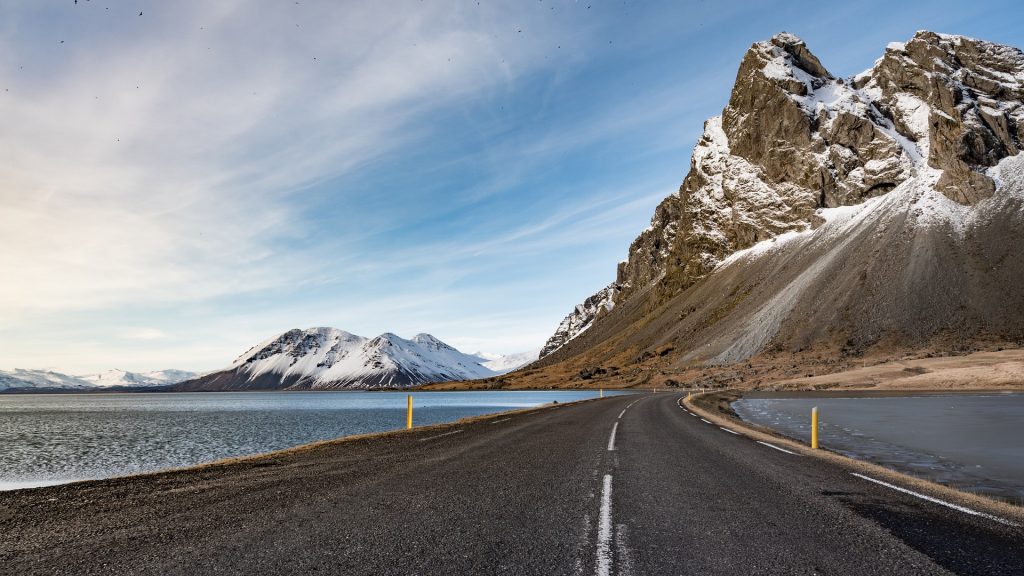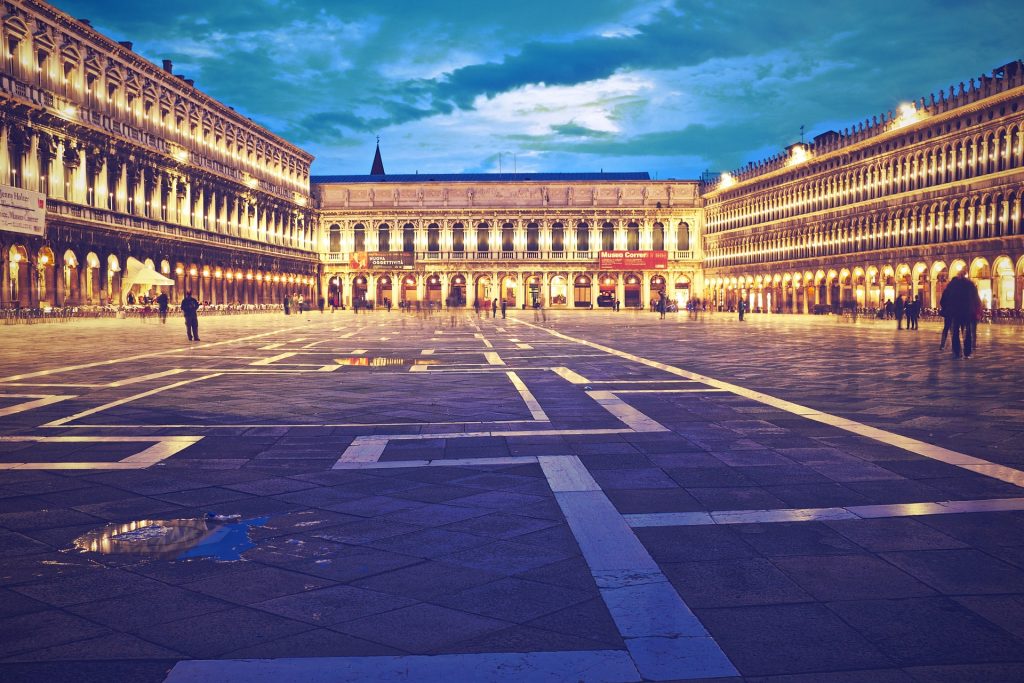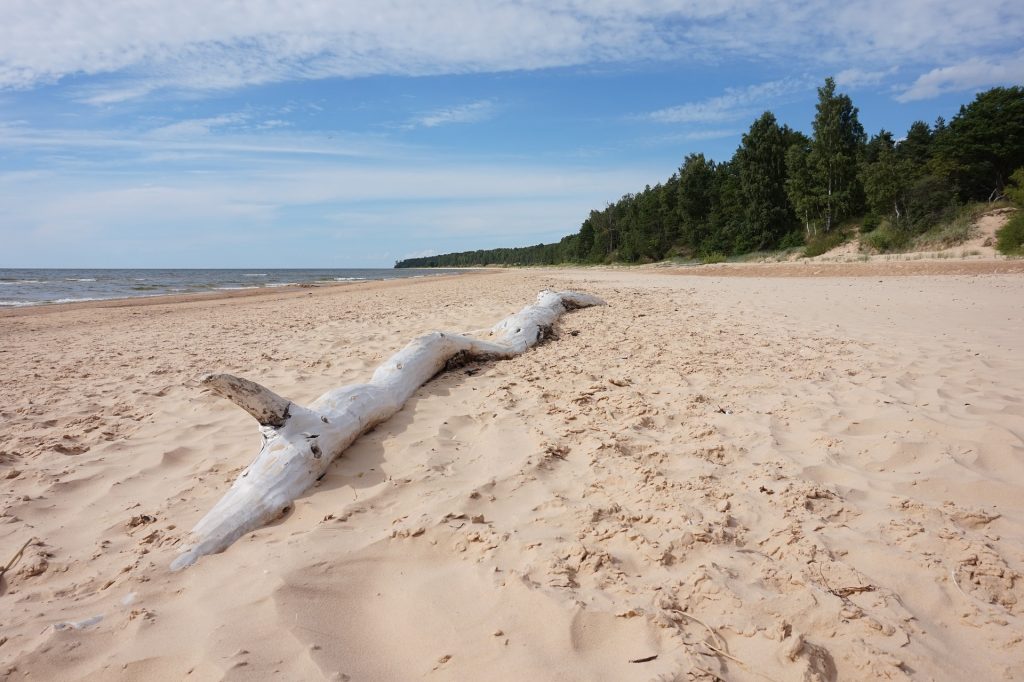An organised canal boat cruise is actually a very good way to get your bearings in the city. A bit like a hop-on hop-off bus excursion that you will find in most European cities today. The fact you are lower down on the surface of the water will give you a different perspective. Life seems more sedate on the water. You might well enjoy yourself so much you will want to book a night cruise and see the city in a whole new light.

A visit to Amsterdam would not be complete without a visit to the Rijksmuseum. It is the principal national museum in the Netherlands. There are 8000 objects including paintings and books, in 80 rooms that illustrate the art and history of the country over the past 800 years until the present day. On display are paintings by Rembrandt, Van Gogh, Fran Hals, Jan Steen and Johannes Vermeer whose “The Milkmaid” is shown below.

The most famous picture on display is Rembrandt’s “Night Watch”, it its time it has been attacked with a shoemaker’s knife, a bread knife and sprayed with acid. One thing that will strike you is the sheer size of the painting. What you probably didn’t realise is that the painting was cut down in size when it was moved to the town hall. Operation Night Watch is a project by the museum to reconstruct the missing pieces based on a copy and you can now see these on your visit.
After a day of culture, then turn your attention to the Amsterdam’s markets. There are over thirty of them and some have been going for over 100 years. You will find everything and anything at these markets. According to Time Out if you are only going to visit one market then it should be the “Albert Cuyp Market” otherwise known as the “the Cuyp”. Since 1905, it’s a one-stop shop for fresh meat, fish, fruit and veg. Today you can buy clothes, jewellery and just about everything else.

Another highly regarded market is the Dappermarkt. National Geographic Traveler judged it to be one of the Top 10 Shopping Streets in the world. Why don’t you visit it and judge for yourself. With 250 stalls you are bound to find something of interest.
One thing to do in advance when visiting Amsterdam is to make sure that you pre-book your tickets to the Anne Frank House which can be found at Prinsengracht 263. On 6 July 1942, the Frank family went into hiding in the building. The building consisted of two parts: the main house and the annex. The eight people hid on the top floors of the annex. Anne’s father Otto, who was the only member of the family to survive the Holocaust published her diaries in 1947 .In 1960, the Anne Frank House opened its doors as a museum, but at his the annex stayed empty.
























